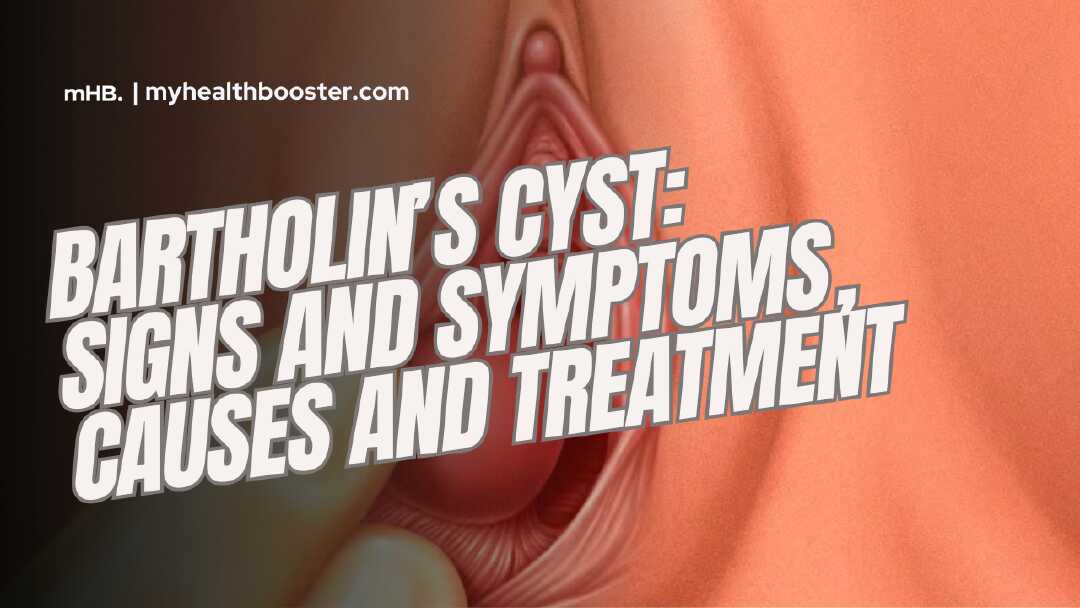Bartholin’s Cyst and Abscess
Bartholin’s glands, located on either side of the vaginal opening, play a vital role in vaginal lubrication. However, when the ducts of these glands become obstructed, it can lead to the development of a Bartholin’s cyst. In some cases, this cyst may become infected, resulting in the formation of an abscess. This article explores the symptoms, causes, and potential complications of Bartholin’s cysts and abscesses.
Bartholin’s Cyst: An Overview
Bartholin’s cysts are typically painless swellings caused by the obstruction of the gland’s duct, leading to a backup of fluid. While small cysts may go unnoticed, larger ones can be felt as a lump near the vaginal opening. Although generally painless, larger cysts may exhibit tenderness.
Bartholin’s Cyst Symptoms and Infections
An infected Bartholin’s cyst can develop rapidly, causing additional symptoms such as a tender lump near the vaginal opening, discomfort while walking or sitting, pain during intercourse, and fever. Importantly, these cysts, or abscesses, usually occur on one side of the vaginal opening.
When to Seek Medical Attention
If you notice a painful lump that doesn’t improve with self-care measures like warm water soaks, it’s crucial to contact your doctor. Severe pain warrants an immediate doctor’s appointment. Additionally, if you’re over 40, the discovery of a new lump near the vaginal opening should prompt a prompt medical evaluation to rule out more serious conditions.
Causes and Risk Factors
Bartholin’s cysts are believed to result from a backup of fluid due to duct obstruction, often triggered by infection or injury. Infections leading to abscess formation can be caused by various bacteria, including Escherichia coli (E. coli) and those responsible for sexually transmitted infections like gonorrhea and chlamydia.
Bartholin’s Cyst Complications and Recurrence
Bartholin’s cysts or abscesses may recur, necessitating further treatment. The risk of recurrence emphasizes the importance of appropriate medical management.
Prevention Strategies
While there’s no foolproof way to prevent Bartholin’s cysts, practicing safer sex, including consistent condom use, and maintaining good hygiene can reduce the risk of infection. These habits contribute to preventing the development of abscesses associated with cysts.
Conclusion
Understanding the symptoms and potential complications of Bartholin’s cysts and abscesses is essential for prompt and effective medical intervention. If you suspect an issue, seeking timely medical advice ensures appropriate management, reducing the risk of complications and promoting overall vaginal health.
